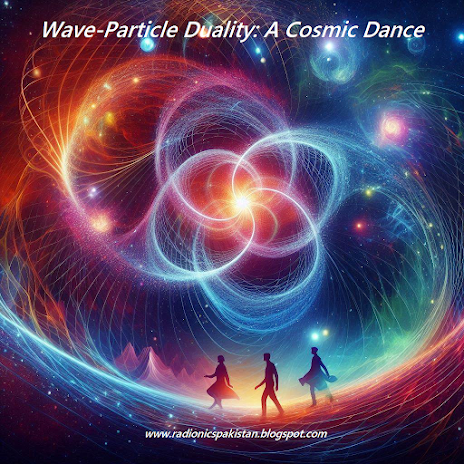Unlocking Relief: Massage Points for Headaches and How to
Relieve Tension
Headaches can be a significant source of discomfort,
affecting your focus, mood, and overall quality of life. While medication can
offer relief, many people are turning to natural alternatives, like massage
therapy, to alleviate headache symptoms. This blog post will guide you through
several effective massage points for headache relief, detailing techniques and
procedures for an effective self-massage routine.
Understanding Common Headache Types
Before diving into massage techniques, it’s important to
identify the type of headache you may be experiencing. Common types include:
-Tension Headaches: Often due to stress, muscle tightness,
or poor posture.
-Migraine: Characterized by severe pain, often accompanied
by nausea and sensitivity to light and sound.
- Cluster Headaches: Intense pain occurring in cycles, often
affecting one side of the head.
The massage points we will discuss are primarily effective
for tension headaches and migraines.
Key Massage Points for Headaches
1. The Third Eye Point (Yintang)
- Location: This
point is located between your eyebrows, just slightly above the bridge of your
nose.
- Technique: Use
your index and middle fingers to apply gentle pressure to this point. Hold for
30 seconds, and breathe deeply.
2. Neck and Shoulder Points (GB21 and SI15)
- Location:
- GB21: Located
at the highest point of your shoulder, above the trapezius muscle.
- SI15: Located
just below GB21, near the shoulder blade.
- Technique: Using
your thumbs, press firmly on these points while shrugging your shoulders up and
down to release tension. Maintain pressure for 20-30 seconds on each point.
3. Temple Points (Taiyang)
- Location: Located
in the soft spot on the side of your forehead, just behind the eye and in line
with your pupil.
- Technique: Use
your index and middle fingers to apply gentle circular motions. Continue this
for about 1-2 minutes while taking slow, deep breaths.
4. Base of the Skull (GB20)
- Location: Located
at the base of your skull, in the hollows on either side of your spine.
- Technique: With
both thumbs, apply steady pressure into the hollows, using small circular
motions. Hold for 30 seconds, then release.
5. Hand Points (LI4)
- Location: Located
in the webbing between your thumb and index finger.
- Technique:
Squeeze the webbing using the opposite thumb and index finger. Hold and release
several times for about 1 minute.
How to Perform a DIY
Headache Relief Massage
Step-by-Step
Procedures
1. Prepare Your Environment
- Find a quiet
space where you can relax without interruption. Dim the lights, and use calming
scents like lavender for an enhanced experience.
2. Get Comfortable
- Sit or lie down
in a comfortable position. Ensure your shoulders are relaxed and your hands are
clean.
3. Begin with Deep Breaths
- Take a moment to
breathe deeply to center your body and mind. Inhale through your nose and
exhale slowly through your mouth.
4. Start with The Third Eye Point
- Apply gentle
pressure using your fingers and hold for 30 seconds while breathing deeply.
5. Move to the Neck and Shoulder Points
- Find and massage
GB21 and SI15. Use firm pressure while making small rolling motions or kneading
with your fingertips.
6. Address Temple Points
- Gently rub the
temple area in circular movements for 1-2 minutes, allowing tension to release.
7. Don’t Forget the Base of the Skull
- Locate GB20 and
massage both sides with your thumbs in circular motions for at least 30
seconds.
8. Finish with the Hand Points
- Massage LI4,
squeezing and releasing for about a minute, taking care to switch hands.
9. Conclude with Deep Breaths
- Finish your
session with several deep breaths, allowing your body to relax fully.
Example Routine
Summary
A full headache relief massage should take about 10-15
minutes. You might spend:
- 2 minutes on the Third Eye Point
- 3 minutes on Neck/Shoulder Points
- 2 minutes on Temple Points
- 2 minutes on the Base of the Skull
- 2 minutes on Hand Points
Final Thoughts
The power of massage can transform your approach to headache
relief. By incorporating these techniques into your routine, you can help
reduce the frequency and intensity of headaches. Always listen to your body; if
any pressure feels uncomfortable, ease back. If headaches persist or intensify,
consult with a healthcare professional for further evaluation.
Empower yourself with these simple techniques, and take
control of your headache relief today!






.jfif)



